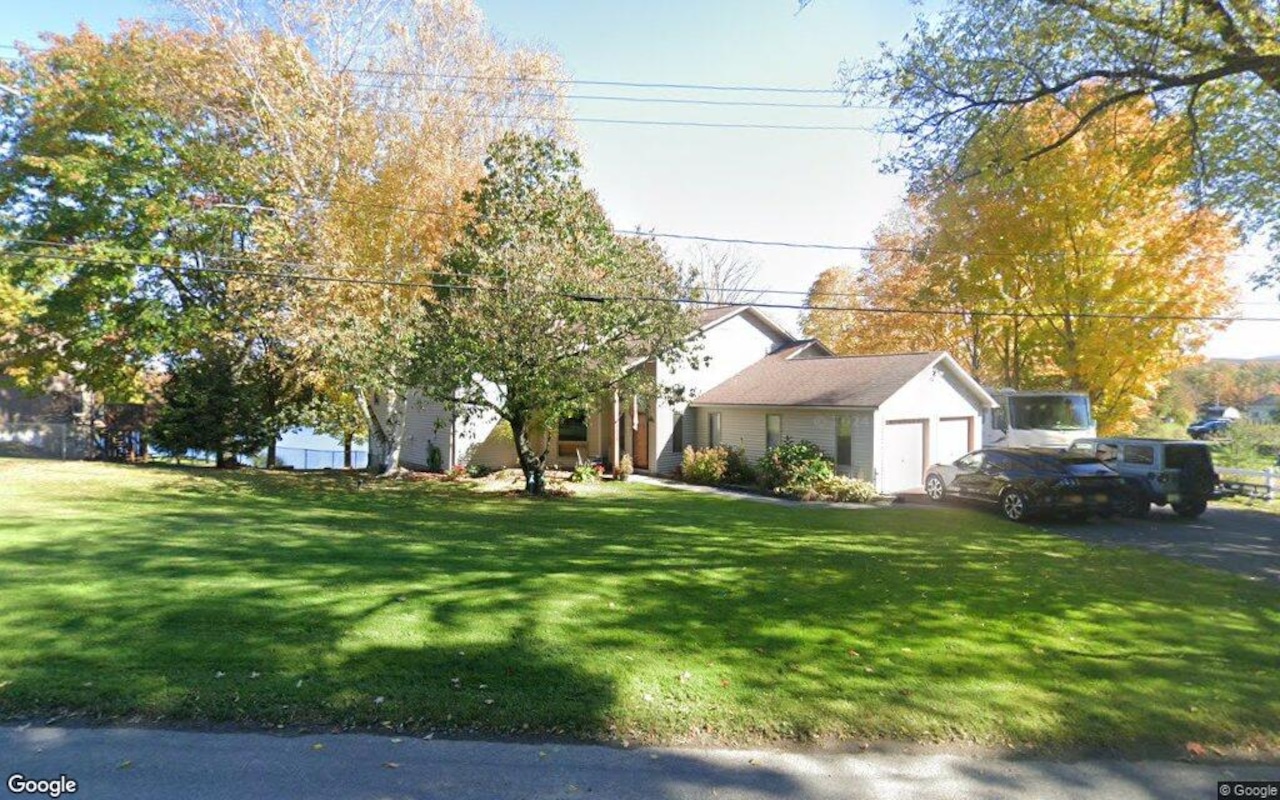L
OS ANGELES – Rising home values and a tight supply once gave sellers the upper hand, but that advantage is fading. Across the country, buyers are gaining leverage as fewer can afford high prices and economic uncertainty pressures sellers to concede.
In the South and West, motivated sellers often sweeten offers: lower prices, upfront money to help buyers secure better mortgage rates, and credits for closing costs or post‑inspection repairs. Buyers reject what they see as inflated asking prices, while new construction adds competition, forcing sellers to make their homes more attractive.
The national median listing price ticked up slightly in July, yet many metros saw declines, signaling a shift in the buyer‑seller balance. Bidding wars that once drove national prices up 50% are rare; low‑ball offers are now common. Still, the market remains sluggish: sales of previously occupied homes are about 1.3% below the first seven months of last year, the lowest in nearly 30 years.
Realtor.com reports the median U.S. household income can afford a $298,000 home with a 20% down payment and a 30‑year fixed rate of 6.74%. Under these terms, 70% of buyers are priced out. Since 2022, mortgage rates rose from historic lows, shrinking inventory while prices climbed. Active listings have risen 25% year‑over‑year for 21 consecutive months, yet many homes stay unsold longer because buyers cannot or will not commit.
Inventory is gradually balancing supply and demand. In Texas and Florida, listings have risen sharply, aided by new construction. Buyers in the South and West now have more power, with inventory up in the single digits versus pre‑pandemic levels. In the Midwest and Northeast, supply remains 40–50% below pre‑pandemic levels, making conditions tougher for sellers.
Doug McCormick, 80, listed his 4‑bed, 4.5‑bath home in Evergreen, Colorado, for $1.3 million, later dropping to $1.28 million. After two months and three open houses, no offers arrived. He hopes mortgage rates ease and is considering renting instead. “I keep reminding myself you only need one buyer,” he said.
Annie Foushee of Redfin notes that price cuts often fail to move homes. Austin’s median listing fell 4.9% in July; Miami 4.7%; Chicago 4.4%; Los Angeles 4.2%; Denver 4%.
Lindsay Olesberg and husband John sold their 4‑bed, 3.5‑bath Albuquerque home for $795,000 after multiple price reductions and a temporary pull‑back. They bought a 5‑bed, 3‑bath Austin house for $735,000, $30,000 below its listing, with the seller covering $1,000 in fees. “We got less for our house in New Mexico than we wanted, but Austin was a buyer’s market,” Lindsay said.
Sellers who can wait often pull listings rather than accept steep price cuts. Tammy Tullis in South Miami listed a 4‑bed, 3.5‑bath home for $2.8 million, reduced it by $100,000 after low‑ball offers, and pulled it again. “I want to sell, but I’m not in a rush,” she said.
The Trump administration urged the Fed to lower rates to help housing, but the Fed only directly affects short‑term rates; most mortgages hinge on the 10‑year Treasury yield. Even if the Fed cuts rates, mortgage rates may not fall immediately. Economists expect 30‑year rates to stay near mid‑6% this year, limiting buyers’ purchasing power and keeping sellers on the back foot.













